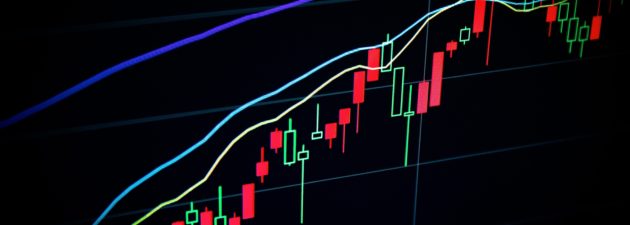On a global level, macro-financial conditions in the second half of the year will be dominated by the continuation of global monetary easing.
Where is the world heading in the 2nd half-year to 2024?


On a global level, macro-financial conditions in the second half of the year will be dominated by the continuation of global monetary easing.

US long-term yields (T-Note 10Y) have risen by 70bp since the start of the year (including 35bp in the last month), mainly as a result of downward revisions to expectations of future Fed rate cuts. At the start of the year, futures were forecasting more than 6 Fed funds rate cuts by 2024. We are now down to 2, which seems about right. In this sense, the upward movement seen in recent months corresponds to a form of normalisation from excessively low levels at the end of autumn 2023.

First of all, it should be pointed out that much may change with the possible election of Donald Trump on 5 November. But the effects of his election will not be felt until 2025 (when he takes office on 20 January that year).
Let’s now take a look at the „hottest“ geopolitical issues that will continue to accompany us this year.

The inflationary shock of 2021-22 encouraged the emergence of a correlation between equities and bonds in the wrong direction (decline in both equities and bonds). The disinflation of 2023 has already moderated this correlation, and fixed income and equity products have once again become diversified. We have gradually moved from an end-of-TINA (There Is No Alternatives) rationale, with the attractiveness of money market products, to a TARA (There Are Some Reasonnable Alternatives) rationale.

The emergence of generative AI has technological, macroeconomic, societal (social, spatial and generational inequalities), managerial, demographic (life expectancy), political and geopolitical dimensions.
Of course, we don’t have the time in this column to go into precise and extensive detail on generative AI, and we will obviously return to the subject in greater detail in subsequent publications.

Whether we like it or not, geopolitics has and will continue to play a decisive role in the economy and financial markets.
After the illusions of the post-Berlin Wall era (1989) and the end of the USSR (1991) (‚peace dividend‘) in the 1990s, the world went through a period of growing international tensions, symbolised at the start of the century by Vladimir Putin’s rise to power in Russia in 2000 and the attacks of 11 September 2001. Symbols of this development are the rise in military spending around the world and the increase in the number of conflicts (see graphs below).

Infrastructure is an attractive asset class overall for a number of reasons: diversification in portfolios, contractual and regular cash flows, resilience over the economic cycle (low beta), vital importance to society (digital and energy transition) and the benefits of longevity.
Investors also often see the infrastructure asset class as a good way of hedging against inflation. One of the main characteristics of this sector is that the companies in question often benefit from price indexation formulas built into their contracts. But the definition of infrastructure continues to evolve and its scope to expand. It is therefore essential to take a nuanced view of each asset to check whether it really has the usual characteristics of the infrastructure sector.

China is one of the few major countries where growth is strongly re-accelerating, inflation is falling and economic policy remains expansionary. Almost all indicators are in the green and the Chinese equity market is globally attractive.

The strong outperformance of European equities (Eurostoxx large) between the beginning of September 2022 and the beginning of March is quite impressive. In local currency, the EuroStoxx outperformed the S&P500 by almost 19%; the outperformance is even more marked in euro (25%) due to the appreciation of the euro over the period.

In the last newsletter, we pointed out that „the context at the beginning of the year is favourable for the markets, both equity and bonds, as it incorporates quite a favourable mix: continued disinflation, the prospect of an upcoming pause by the Fed and the expectation of a vigorous recovery in China following the end of the zero Covid strategy. In short, a Goldilocks-like outlook. At the beginning of the year, it is always tempting to extrapolate recent trends. Experience shows, however, that intra-annual developments are rarely linear. It is thus likely that economists will revise their inflation forecasts downwards and that the statistics for the coming months, fuelled by the Chinese recovery, will be more disappointing.”